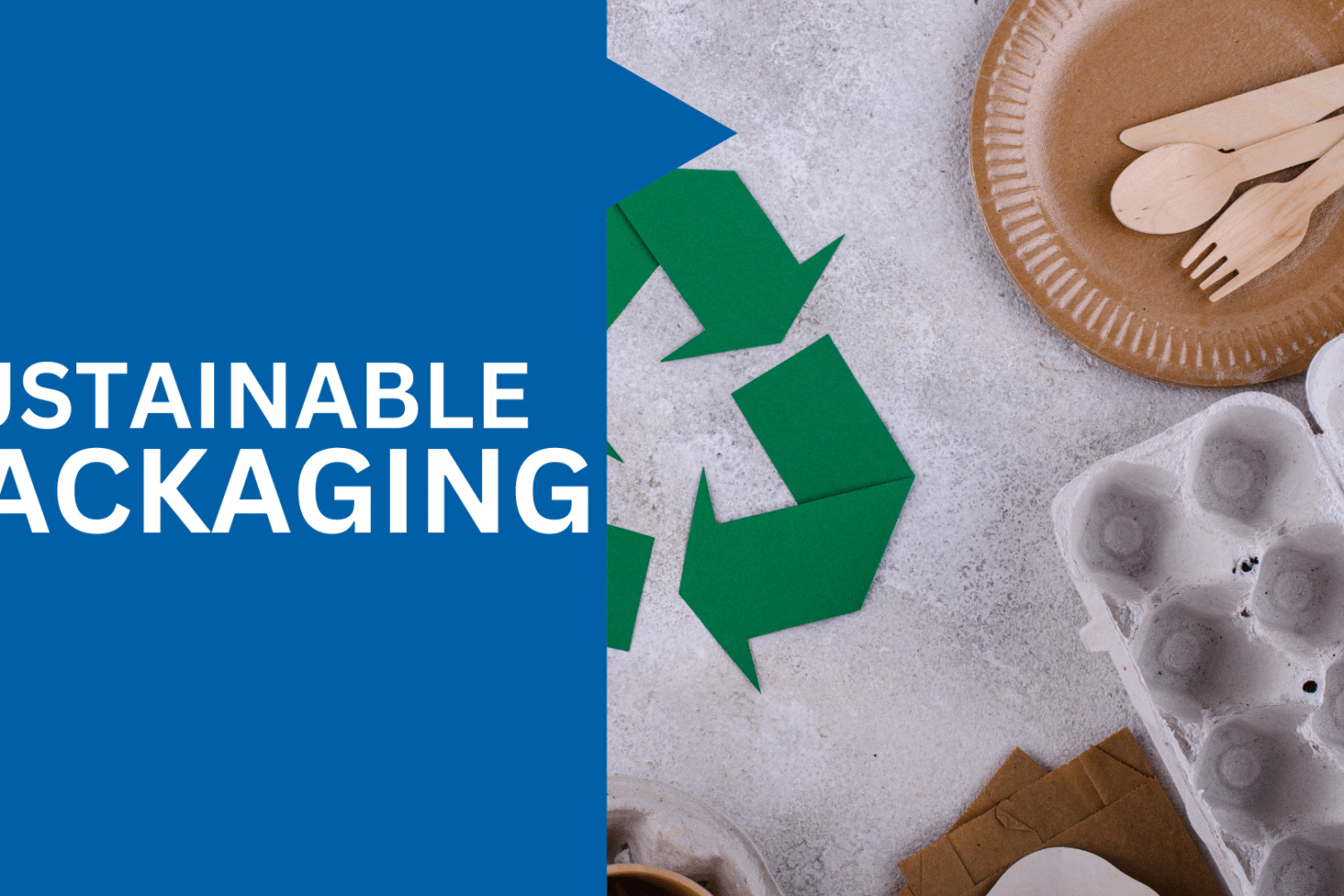Introduction
Welcome to the world of sustainable packaging in 2023! As global awareness of environmental issues increases, businesses and consumers alike are seeking more sustainable solutions to reduce their ecological footprint. One of the most significant areas of focus is sustainable packaging. In this article, we will explore what sustainable packaging is, its importance, materials used, innovations, regulations, challenges, and companies leading the movement. So, let’s dive in!
What is Sustainable Packaging?
Sustainable packaging refers to the design and use of packaging materials that are eco-friendly, resource-efficient, and have minimal impact on the environment. This includes using renewable, biodegradable, or recyclable materials, reducing waste, and optimizing the manufacturing process to decrease energy consumption and emissions.
Importance of Sustainable Packaging
There are several reasons why sustainable packaging has gained prominence in recent years:
- Environmental Impact: Conventional packaging materials, such as single-use plastics, have a significant impact on the environment. They take centuries to decompose, and their accumulation in landfills and oceans has severe consequences for ecosystems and wildlife. Sustainable packaging addresses these issues by reducing waste and promoting a circular economy.
- Economic Benefits: Sustainable packaging can lead to cost savings for businesses by reducing material usage, waste disposal costs, and energy consumption during manufacturing. Furthermore, it can open up new market opportunities, as eco-conscious consumers increasingly demand greener products.
- Consumer Perception: The growing awareness of environmental issues has led to consumers seeking brands that align with their values. Businesses that adopt sustainable packaging practices can improve their brand image and customer loyalty, giving them a competitive edge in the market.
Materials Used in Sustainable Packaging
There are various materials used in sustainable packaging, including:
- Biodegradable Plastics: These are plastics made from natural materials, such as cornstarch or cellulose, which break down more quickly than traditional plastics. They are often used for disposable items like cutlery, food containers, and bags.
- Recyclable Materials: Materials such as paper, cardboard, aluminum, and glass can be recycled and repurposed multiple times, reducing waste and conserving resources.
- Plant-based Packaging: This type of packaging is made from renewable resources like bamboo, sugarcane, or mushroom-based materials, which can be grown sustainably and have a lower carbon footprint than traditional materials.
Innovations in Sustainable Packaging
As the demand for sustainable packaging grows, so too does the need for innovation. Some exciting developments in this space include:
- Edible Packaging: Companies are experimenting with edible packaging materials made from seaweed, algae, or food waste, which can be consumed or composted after use.
- Reusable Packaging: Some businesses are implementing reusable packaging systems, such as deposit schemes, allowing customers to return used packaging for cleaning and reuse, reducing waste and encouraging a circular economy.
- Smart Packaging: Integrating technology, such as QR codes, NFC tags, or sensors, can help consumers track and recycle packaging materials more effectively. Additionally, these technologies can provide valuable information about the product’s environmental impact and the recycling process.
-
Regulations and Standards: Governments and organizations worldwide are implementing regulations and standards to promote sustainable packaging practices. Examples include the European Union’s Circular Economy Action Plan, the United States Federal Trade Commission Green Guides, and international certifications such as the Forest Stewardship Council (FSC) for paper-based products.
Challenges of Implementing Sustainable Packaging
Despite the numerous benefits, there are challenges to implementing sustainable packaging, including:
- Higher Costs: Sustainable materials and processes may initially be more expensive than traditional methods. However, as demand and production increase, costs are expected to decrease.
- Limited Infrastructure: In some regions, recycling facilities and waste management systems may not be equipped to handle new sustainable materials, resulting in improper disposal and limited environmental benefits.
- Consumer Behavior: Encouraging consumers to recycle or return reusable packaging can be challenging, as it requires a change in behavior and an understanding of the benefits of sustainable packaging.
Companies Leading the Sustainable Packaging Movement
Many companies are embracing sustainable packaging, including:
- Tetra Pak: Known for its innovative packaging solutions, Tetra Pak uses renewable and recyclable materials to create lightweight, low-impact packaging for food and beverages.
- Loop: Loop is a platform that partners with major brands to offer reusable packaging solutions. Consumers can purchase products in specially designed, durable containers and return them for cleaning and reuse.
- Ecovative Design: This company produces packaging materials made from mycelium, the root structure of mushrooms, offering a sustainable and biodegradable alternative to traditional packaging materials.
Conclusion
Sustainable packaging in 2023 has come a long way, driven by consumer demand, innovative materials, and supportive regulations. As the world continues to recognize the environmental impact of conventional packaging, the need for sustainable solutions will only grow. By embracing sustainable packaging, businesses can reduce their environmental footprint, meet consumer expectations, and contribute to a more sustainable future.
FAQs
- What is the main goal of sustainable packaging? The primary goal of sustainable packaging is to minimize its environmental impact by using eco-friendly materials, reducing waste, and optimizing manufacturing processes.
- Can sustainable packaging be cost-effective for businesses? Yes, sustainable packaging can lead to cost savings by reducing material usage, waste disposal costs, and energy consumption. Additionally, it can create new market opportunities by appealing to eco-conscious consumers.
- What are some innovative sustainable packaging materials? Some innovative materials include biodegradable plastics, plant-based packaging, edible packaging, and mycelium-based materials.
- How can technology support sustainable packaging efforts? Technology, such as smart packaging, can help consumers track and recycle packaging materials more effectively and provide valuable information about the product’s environmental impact and recycling process.
- Why is consumer behavior important for sustainable packaging? Consumer behavior is crucial because it influences the success of recycling and reusable packaging programs. Encouraging consumers to participate in these initiatives helps maximize the environmental benefits of sustainable packaging.

